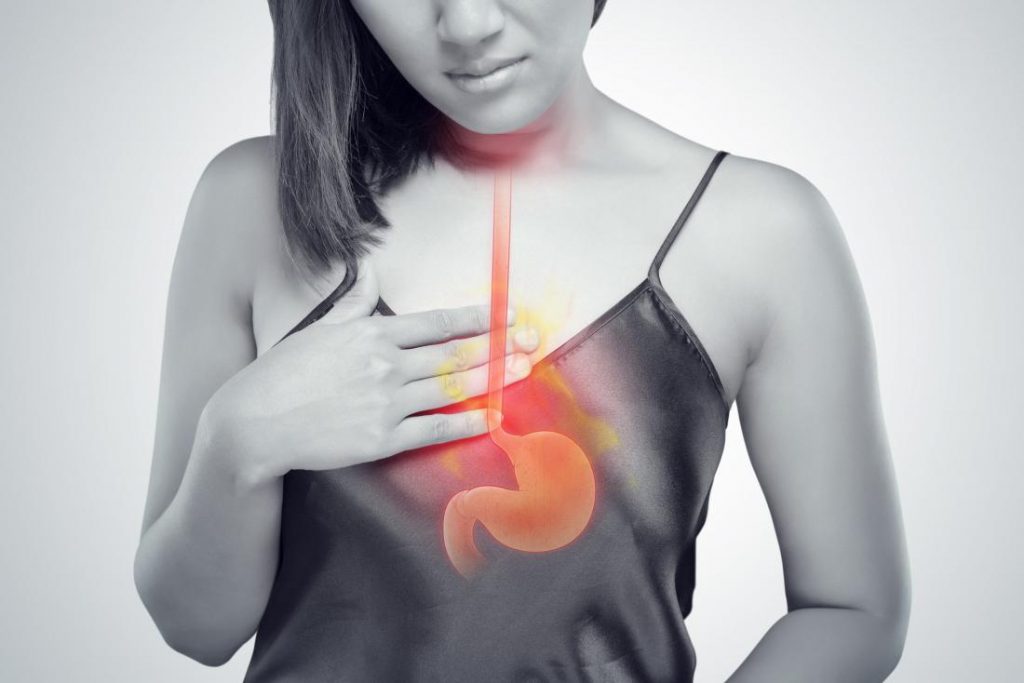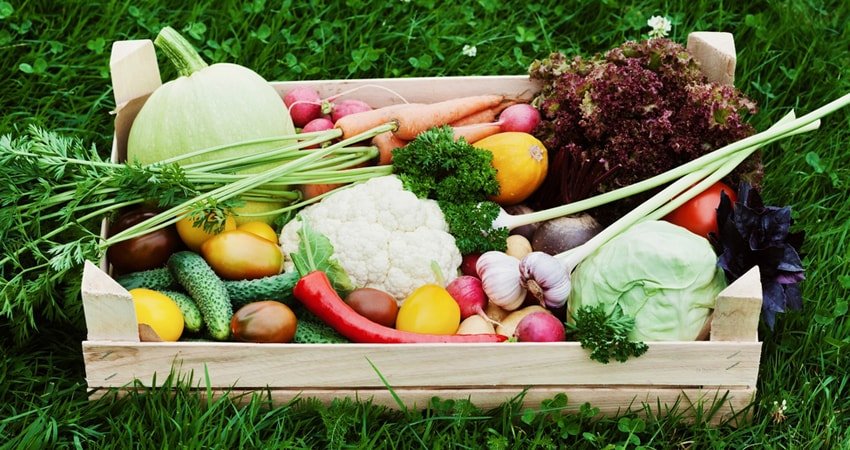
Gastroesophageal reflux, or simply gastric reflux or gastritis, is a disorder caused by the temporary rise of stomach contents into the esophagus. The gastric reflux, from simple disorder can turn into a real disease.
Causes of Gastroesophageal Reflux

The causes of gastroesophageal reflux can be various:
Family and genetic predisposition; Hiatal hernia; Overweight and obesity; Diabetes mellitus; Smoke; Pregnancy; Unbalanced and incorrect diet; Lifestyle habits (wearing belts and clothes that are too tight, sports that require effort (such as weight lifting).
Finally, reflux can mask important pathologies such as Esophageal Achalasia (as food does not descend due to the closure of the sphincter and consequently rises up assuming the appearance of reflux) At the same time, it can also occur after surgery, following the anti-reflux plastic or the reconstruction of the valve, which remains semi-open, favoring the escape of gastric acids.
Symptoms
The common symptoms of gastric reflux are burning and acid regurgitation. The burning refers to the upper part of the abdomen (the so-called “pit of the stomach”) and to the restrosternal level. The burning, which can manifest itself with an increase in salivary secretion, often occurs in hours after meals, especially at night when the patient is supine. Other times this disorder can be perceived as “pain” that immediately suggests a cardiac cause or as discomfort-tension in the upper part of the abdomen, early satiety, sense of fullness after a meal, nausea, vomiting.
Since the reflux can go up beyond the esophagus’s upper valve and affect the pharynx, larynx, and lungs, the possibility of extra-esophageal symptoms follows: concerning Esophageal
Achalasia , there is still noexact science (as a rare disease) regarding the cause of thoracic/retro-sternal/mandibular pain to which an achalasic subject is very often a victim. However, the common experience of achalasics leads us to deduce that the possible causes are the following:
- Gastroesophageal reflux, intake of acidic foods and/or alcoholic or carbonated drinks;
- Abrupt movement of the abdomen, lacing of the shoe, waking up in the morning, passing from the supine position to the normal position
- Absence of peristaltic waves in the esophagus;
- Presence of few peristaltic waves in the esophagus
Natural Remedies
Gastroesophageal reflux can be alleviated thanks to natural remedies and herbal preparations. Likewise, it is possible to relieve reflux, reducing anxiety and stress, with adequate relaxation activities.
Among the most common natural remedies for reflux we find:
- Mauve

Mauve, also known as Mallow, has soothing and emollient properties. It can be used for the preparation of herbal teas and macerated. You can buy it in dried herbal medicine or in other forms.
- Aloe Vera
The aloe vera gel has the power to regenerate the mucous membranes. For doses and methods of use it is advisable to refer to the doctor and herbalist.
- Almonds
Eating raw almonds helps balance the pH. Almonds are an alkalizing food and therefore, can help reduce stomach acid. In addition, they are a good source of calcium.
- Water and Lemon
Drinking a cup of warm water and lemon juice (freshly squeezed) at the start of the day on an empty stomach helps the body balance its acidity level. It facilitates digestion and has no particular contraindications.
- Licorice

Licorice root is a source of precious extracts with anti-inflammatory properties, useful for their action on the stomach and esophagus’ mucous membranes in case of reflux. We recommend the decoction as well as the tablets or simply the logs of pure licorice.
Licorice, however, raises blood pressure, so it should be used with caution by those suffering from hypertension.
- Chamomile
Chamomile tea lifts inflamed or irritated mucous membranes in the digestive tract and promotes normal digestion. It can also be taken 3 times a day and preferably before each meal.
- Ginger
This root has been used for millennia in oriental Ayurvedic practices for its precious properties, especially in the medical field to relieve problems related to the gastrointestinal and neuralgic system.
Boil a few slices of fresh ginger in a cup of water for a few minutes. Let it cool down a bit and add a few drops of lemon.
- Cauliflower
Cauliflower is a panacea for the gastro-intestinal system. An extract of cauliflower and carrot, it boasts precious beneficial properties for our stomachs, tested by hectic lives and a diet that is not always healthy. Cauliflower leaves are also excellent, boiled in a liter of water that can be taken during the day.
- Bicarbonate
A teaspoon of baking soda in a glass of water (at room temperature) can be taken at the first sign of severe pain.
- Sugar-Free Gum
Chew sugar-free gum. According to research conducted, 70% of participants who chewed this type of gum experienced relief in acidity and reflux due to the increase in saliva and its benefit in the stomach.
- Rosemary, Sage, Laurel, Thyme, Oregano
These spices added in daily meals, confer digestive properties.
- Papaya
Papaya contains papain, an enzyme that facilitates the digestion of proteins. Especially good in the morning.


